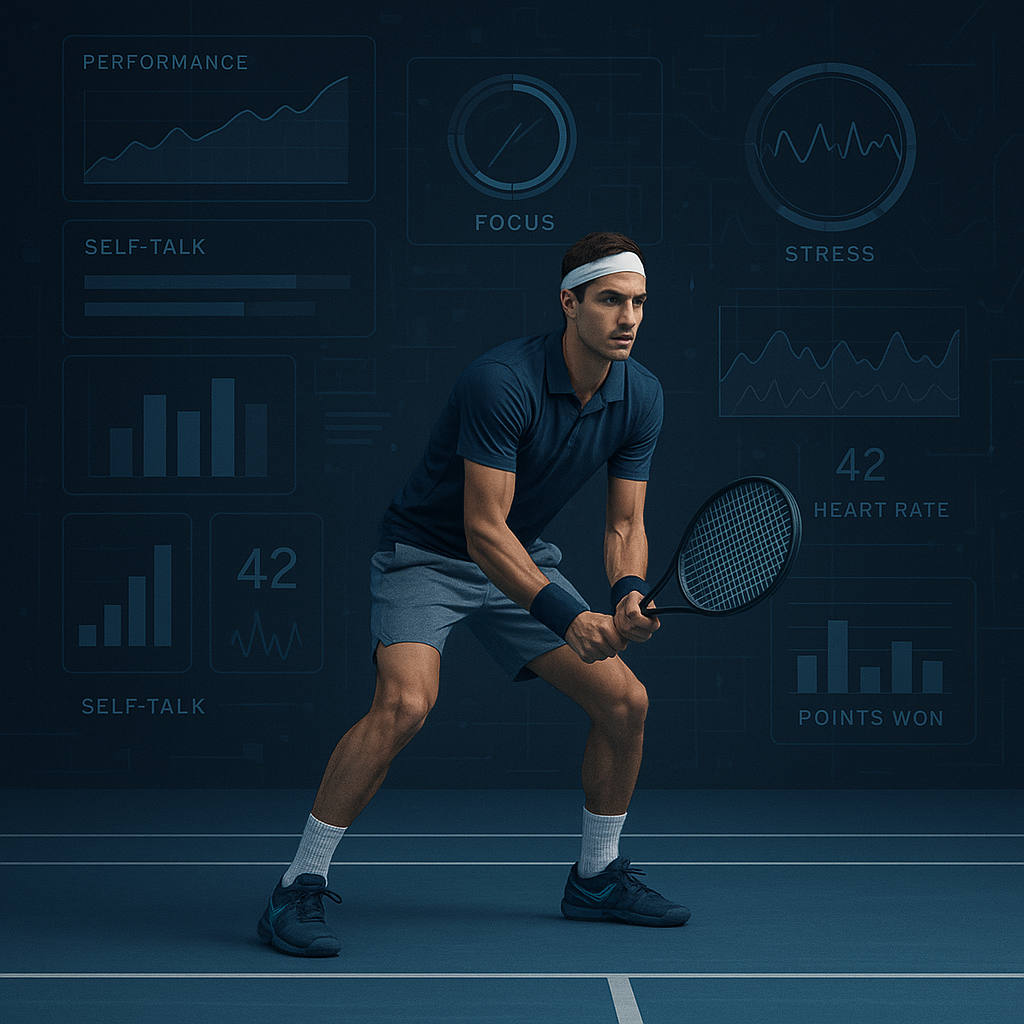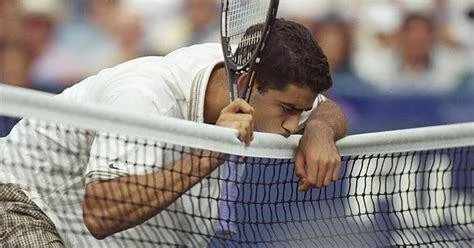Mental Performance Isn’t Magic: It’s Behavior Tracking, Data, and Discipline
You’ve heard it before:
“Just breathe.”
“Stay positive.”
“Focus on the moment.”
These are the go-to phrases athletes hear when they’re stressed or under pressure. Most of the time, they’re said with good intentions. But in high-stakes moments, when your legs feel heavy, your thoughts start racing, and your hands are trembling, those words don’t mean much.
They’re not wrong. They’re just incomplete.
Because the truth is, under pressure, your body doesn’t respond to theory. It responds to training. It responds to habits. And if those habits aren’t built, no amount of positive self-talk is going to save you.
I. The Mental Game Needs to Be More Than Theory
In sport psychology, we talk a lot about breathing techniques, focus routines, and self-talk. These tools are powerful, but only if they’re trained the right way.
Most of the time, athletes are told to “stay composed” or “think positive,” but they’re rarely shown how to develop that composure over time. They’re not taught how to make mental performance practical and repeatable. The result? Mental skills stay abstract. They’re treated like something you either have or you don’t.
But mental toughness is no different from a serve or a backhand. It’s a skill. And like any skill, it needs to be practiced, tracked, and refined.
If you can’t measure how often you lose focus or how many points you played with positive body language, how do you know if you're improving?
That’s the problem. Mental performance is still too often treated as something intangible, when in reality, it should be observable and measurable.
II. Data Helps, If You Know What to Do With It
Let’s say you do track your mental habits. You log the number of unforced errors after negative self-talk. You count how many reset routines you actually used. You start paying attention to your behavior and performance, and you gather real data.
Now the next challenge appears.
Most people don’t know how to interpret that data. Even when the information is available, it can feel overwhelming or unclear. Athletes, coaches, and parents may struggle to connect the dots between the numbers and what actually happened on the court.
So even though the data exists, no one acts on it.
People default to opinions, gut feelings, and surface-level advice because turning behavioral and performance data into insight takes time, clarity, and expertise.
This is exactly why we built our own proprietary technology at Inner Ace. We harnessed the power of AI to create a custom-built algorithm designed to understand the relationship between behavior and performance, making the invisible measurable and the mental game actionable.
Our system takes raw data and translates it into meaningful, actionable feedback. It simplifies what the data means and shows athletes how to grow from it.
III. Everyone Sees the Match Differently
One of the hardest parts of being an athlete is navigating all the different perspectives around you. A coach sees one version of your match. A parent sees another. And you, as the athlete, are living it from the inside.
It’s not about who’s right or wrong. Everyone is responding to what they observed and how they felt. The problem is that without a shared framework, those perspectives can clash instead of aligning.
How many arguments start with, “You gave up,” followed by, “No, I didn’t. I was just frustrated.”?
Or, “You lost focus,” when the player genuinely believed they were locked in?
Without clearly defined behavioral markers and a shared language, conversations become emotional. Misunderstandings multiply. Tension rises. And instead of building trust, communication breaks down.
But when behaviors like focus, body language, and self-talk are tracked, and when those patterns are visualized using data, everything shifts. Now everyone is looking at the same reference points. Conversations become more constructive. Feedback becomes more targeted. And collaboration becomes possible.
So What Do We Do?
This is exactly why I created Inner Ace. It exists to solve these problems at their core.
We built it to make mental performance training practical and measurable, not abstract or theoretical.
We built it to turn behavior and performance tracking into something understandable and actionable, powered by a custom-built algorithm that bridges psychology and performance data. And we built it to create a shared language between athletes, coaches, and parents, so everyone is aligned and working toward the same goals.
But this blog isn’t about promoting a platform. It’s about sparking a shift in how we treat the mental side of performance.
We need to move beyond vague advice and start treating mental performance with the same structure and precision as technical and physical training. That means tracking behavior. That means interpreting performance patterns. That means developing tools that don’t just sound good, but actually work when pressure is high.
The mental game isn’t guesswork.
It’s patterns. It’s habits. It’s behavior under pressure.
Awareness will fuel your progress.
Excellence starts within yourself.




